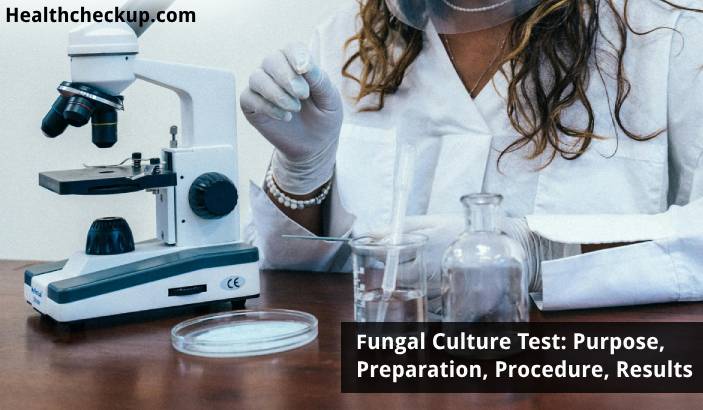Fungal infections can be pesky and sometimes serious, affecting various parts of the body from the skin, nails, to deeper tissues and organs. Diagnosing these infections accurately is essential for effective treatment. One of the primary diagnostic tools used by healthcare professionals is the fungal culture test.
Purpose of Fungal Culture Test
- Drug Sensitivity: It also helps in testing the sensitivity of the identified fungus to various antifungal drugs, guiding effective treatment choices.
- Monitoring Treatment: In chronic fungal infections, culture tests may be repeated to monitor the effectiveness of treatment and detect any recurrence.
Preparation for the Test
- Medical History: Patients are usually asked to provide their complete medical history, including any symptoms, prior infections, and current medications.
- Physical Examination: A brief physical examination might be necessary to assess the area of suspected fungal infection.
- Sample Collection: Depending on the suspected location of the infection, different types of samples may be required such as skin scrapings, nail clippings, hair, sputum, blood, or tissue.
- No Special Restrictions: Typically, no fasting or other special preparations are required unless specifically instructed by the healthcare provider.
Procedure of Fungal Culture Test
- Sample Collection: The procedure begins with the collection of a sample, which is obtained from the affected area. For instance, skin lesions may be swabbed, or nail clippings may be collected.
- Sterile Techniques: To prevent contamination, sterile techniques are used during sample collection.
- Culturing the Sample: The collected sample is then placed on a special medium that promotes fungal growth and incubated at conditions favorable for fungi.
- Observation: Over a period of days to weeks, the sample is observed to check for fungal growth. The growth is then examined microscopically and may be subjected to other tests for identification.
Results Interpretation
- Positive Result: A positive result indicates the presence of fungi in the sample. Further testing will determine the specific type of fungus and its sensitivity to antifungal medications.
- Negative Result: A negative result means no fungal growth was detected in the culture. However, it does not entirely rule out a fungal infection as some fungi are difficult to culture.
- Timing: Results can take anywhere from a few days to several weeks depending on the growth rate of the fungus.
Fungal culture test is used for the diagnosis and management of fungal infections. They provide critical information that helps in tailoring treatment plans to the specific needs of the patient. Effective diagnosis is key to managing and overcoming fungal infections, making the fungal culture test a cornerstone in fungal disease management.
I specialize in writing about health, medical conditions, and healthcare, drawing extensively from scientific research. Over the course of my career, I have published widely on topics related to health, medicine, and education. My work has appeared in leading blogs and editorial columns.








